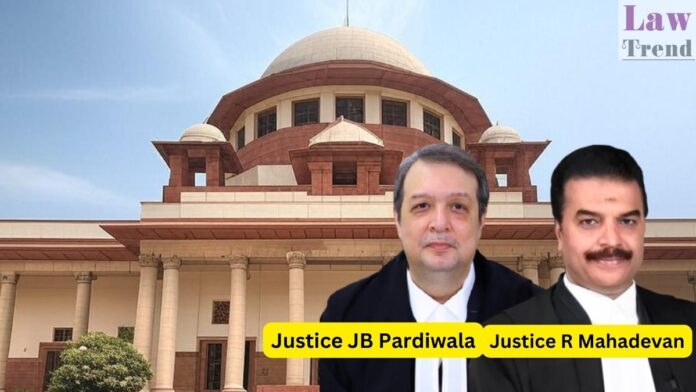In a significant judgment, a Supreme Court bench comprising Justice J.B. Pardiwala and Justice R. Mahadevan clarified the scope and application of Order II Rule 2 of the Civil Procedure Code (CPC). The ruling, delivered in Cuddalore Powergen Corporation Ltd. v. Chemplast Cuddalore Vinyls Ltd. and Anr. (Civil Appeal Nos. 372-373 of 2025), addressed the
To Read More Please Subscribe to VIP Membership for Unlimited Access to All the Articles, Download Available Copies of Judgments/Order, Acess to Central/State Bare Acts, Advertisement Free Content, Access to More than 4000 Legal Drafts( Readymade Editable Formats of Suits, Petitions, Writs, Legal Notices, Divorce Petitions, 138 Notices, Bail Applications etc.) in Hindi and English.




